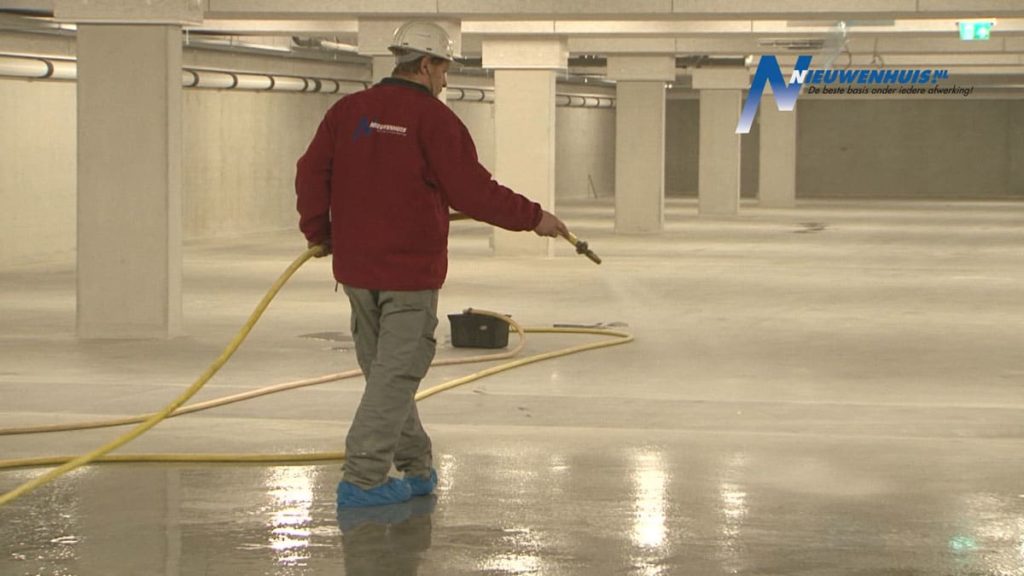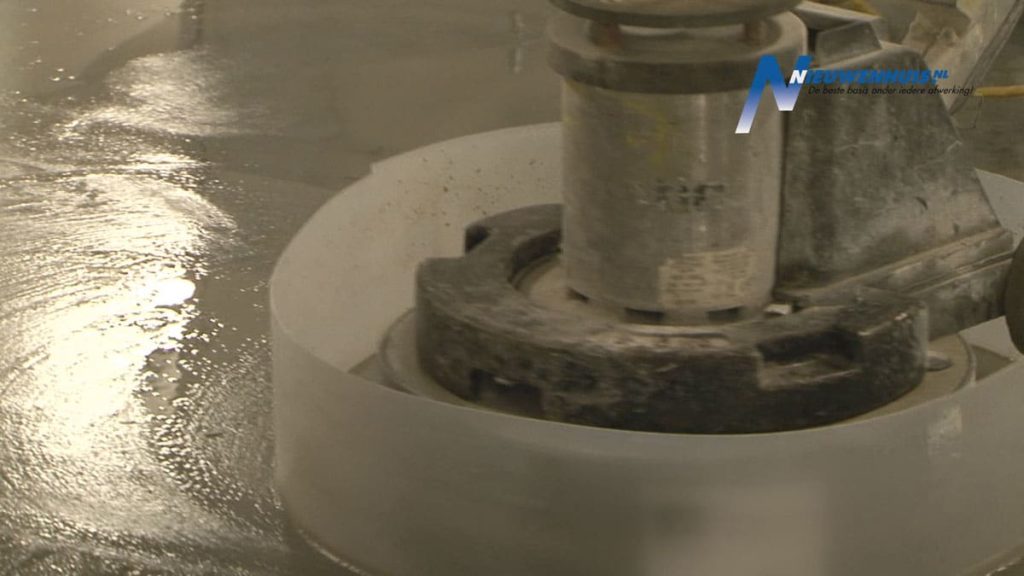Wet Sanding
Wet sanding is often used to:
- Removing light construction pollution from monolith floors;
- The sanding of surfaces that will stick to heat (eg asphalt)
- Uneven parts in, for example, asphalt.
Some advantages of wet sanding
- Because of using water, there is no dust pollution;
- Minimal nuisance during work, due to low water use;
- Minimal damage to the subsoil;
- Minimum noise nuisance;
- Also a first step of polishing;
- Good planning possible through a verifiable process.
Machines
Depending on the type of work, sanding machines are used with diamonds with steel alloy, brass or plastic. Diamond sanders are equipped with special diamond compositions for the conditions in which they have to perform.
Various machine capacities are tailored to the application. With wet sanding, finished walls should always be taped.
Both the sanders and the wet vacuum cleaners can operate with their own power supply so that almost every job is possible at almost any location.
It is also possible that water is facilitated by us.
Depending on the type of work, sanders are used with sanding blocks or sheets. Diamond sanders are equipped with special sanding units for the conditions in which they have to perform. Extraction systems are available in various capacities and are tailored to the sanding machines used.
Both the sanders and the extraction systems can operate with their own power supply so that almost every work is possible at almost any location.





